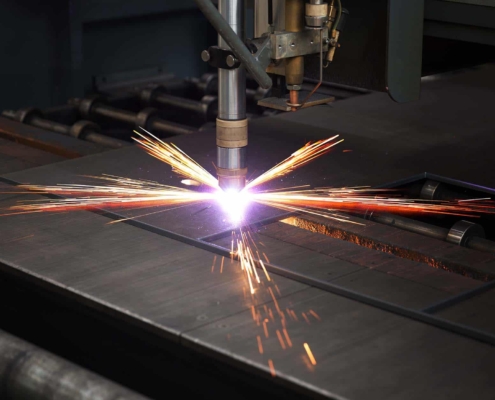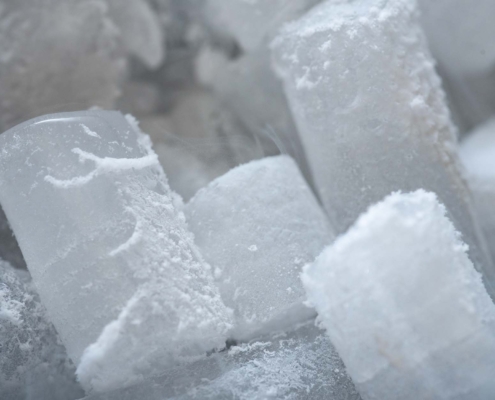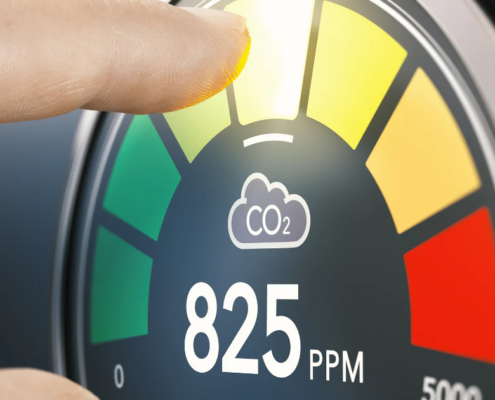 https://cksupply.com/wp-content/uploads/2023/06/Industrial-cnc-plasma-cutting-of-metal-plate_.jpg
1250
2000
Nate Riggins
/wp-content/uploads/2023/04/CK-Supply-White-Logo.svg
Nate Riggins2023-04-11 14:00:282023-10-25 11:56:42How to Extend the Life of Your Plasma Consumables
https://cksupply.com/wp-content/uploads/2023/06/Industrial-cnc-plasma-cutting-of-metal-plate_.jpg
1250
2000
Nate Riggins
/wp-content/uploads/2023/04/CK-Supply-White-Logo.svg
Nate Riggins2023-04-11 14:00:282023-10-25 11:56:42How to Extend the Life of Your Plasma ConsumablesWhat is an unsafe CO2 level?
Occupants may experience severe health effects in buildings where CO2 is elevated, but the symptoms are usually do to other factors included also such as poor ventilation and added contaminants. At higher levels the CO2 itself can cause severe negative health effects like headaches, dizziness, nausea, and other symptoms.
This could occur when exposed to unsafe CO2 levels which are above 5,000ppm for many hours. At even higher levels of CO2 this can cause asphyxiation as it replaces oxygen in the blood once exposed to concentrations around 40,000ppm which are stated as “immediately dangerous to life and health (IDTL).
Why do we measure CO2?
CO2 is often measured in indoor environments to quickly serve as an indication if additional ventilation is required. Because CO2 is a known indoor pollutant, too much CO2 can also affect overall employee performance, productivity, and overall health.
When it comes to CO2 in the workplace, extreme levels of carbon dioxide exposure can create negative health effects particularly in enclosed spaces such as restaurants, breweries, beverage industries, agriculture facilities, laboratories, and many others. Overall, by measuring carbon dioxide in indoor areas you can have control over home, office, and workplace health and safety.
What are the symptoms of CO2 level exposure?

Below we highlight the main symptoms of CO2 exposure across different levels to provide you with instant understanding of where your carbon dioxide concentration should be as stated by regulatory standards.
| 5,000 ppm (0.5%) | OSHA Permissible Exposure Limit (PEL) and ACGIH Threshold Limit Value (TLV) for 8-hour exposure |
| 10,000 ppm (1.0%) | Typically no effects, possible drowsiness |
| 15,000 ppm (1.5%) | Mild respiratory stimulation for some people |
| 30,000 ppm (3.0%) | Moderate respiratory stimulation, increased heart rate and blood pressure, ACGIH TLV-Short Term |
| 40,000 ppm (4.0%) | Immediately Dangerous to Life or Health (IDLH) |
| 50,000 ppm (5.0%) | Strong respiratory stimulation, dizziness, confusion, headache, shortness of breath 80,000 ppm (8.0%) Dimmed sight, sweating, tremor, unconsciousness, and possible death |
How do you fix high CO2 levels?
Having too much carbon dioxide in the workplace can be easily fixed with the installation of a carbon dioxide safety monitor or alarm. These devices are designed to identify any areas of poor ventilation, allowing the user to make necessary changes to keep fresh air flowing and mitigate hazards of CO2 leaks, exposure, or fatality.
These devices also prevent injury by giving an instantaneous alarm audibly and visually should CO2 levels exceed the normal threshold. By alerting individuals that a potential CO2 leak is present individuals can protect themselves by evacuating the building, notifying personnel, and eliminating the potential for injury to occur.
What does high CO2 level exposure feel like?
When individuals encounter too much carbon dioxide (CO2) the main symptom is hypercapnia which is a condition that occurs when their is too much CO2 in ones bloodstream. This feeling can also promote dizziness, fatigue, shortness of breath and at higher volumes cause asphyxiation, convulsions, or fatality.
CO2 Risk and Prevention Exercise
At CO2Meter, our own office encountered an actual CO2 incident and we wanted to share our story with others to provide further perspective on what to do should a potential CO2 leak occur and how CO2 monitors serve their purpose in being life-saving equipment.
It’s important to know, that no emergency or medical personnel were dispatched to CO2Meter that morning. No employees were injured. But, thanks to the many leak detectors in our office, the CO2 alert warned our staff of potentially dangerous CO2 levels instantly. And yes, even the “gas detection people” can have an incident.
Here’s what happened.
Our technicians were studying the effects of extremely low temperatures on carbon dioxide sensors. By using dry ice (the solid state of carbon dioxide) they were able to push the temperature of the sensors and the air they were measuring down in order to test changes in accuracy.
After finishing their testing for the day, the techs placed the dry ice samples in the company refrigerator for temporary storage. Bad idea.
The first person to enter the building the next day heard the CO2 alert warning employees of dangerous CO2 levels. All the CO2 detector alarms in the building were signaling a problem. The LCD readout on the alarm nearest the door indicated the CO2 level was 1,500 ppm (parts per million) – safe but noteworthy.
While CO2 levels above 3% (30,000 ppm) are dangerous and would require the building be evacuated, 1,500 ppm only indicated a small problem. However, any CO2 level above 400 ppm in an unoccupied building was still cause for an alarm.
While several rooms showed elevated levels of CO2, none were unsafe to enter. All the outside doors were opened to ventilate the building. But it wasn’t until the first person opened the refrigerator to store their lunch that the CO2 levels jumped up again.
The staff realized it was the dry ice in the refrigerator’s freezer that was off gassing CO2. Our techs hadn’t realized that while the typical temperature in a freezer is 0 degrees Fahrenheit or -18 degrees Celsius, the freezing point of carbon dioxide is -109.2 degrees Fahrenheit, or -78.5 degrees Celsius. The dry ice was melting in the “warm” freezer.
Actually, the term melting isn’t quite accurate. As a solid block of CO2 warms it sublimates, turning directly into gas, rather than melting into a liquid. Other examples of solids that sublimate are iodine, arsenic, naphthalene (what mothballs are made of) and solid air fresheners. While water normally melts into a liquid, it can sublimate in special conditions of low temperature, low humidity and dry winds.
We were all happy that no one was injured and thankful that our devices worked as intended. As it turns out, even “the CO2 experts” can have a leak once in a while.
CO2 Monitors Worn by Employees
If your business uses, stores, or produces more than 100 lbs. of carbon dioxide, you should install a CO2 Safety Alarm to protect your employees, patrons, and establishment from a potential carbon dioxide leak or injury..
Our Remote CO2 Storage Safety 3 Alarm is the best solution. It is designed to protect customers and workers near stored carbon dioxide. Because it meets all NFPA, IFC, and NBIC requirements as well as the OSHA and NIOSH time-weighted average (TWA) standard for employees, the alarm will not only protect individuals, but will protect staff in case a CO2 leak occurs.
The addition of CO2 Storage Safety Strobe Towers can also make it easy to determine instantly if CO2 levels are rising, outside the hazard area.
"*" indicates required fields




